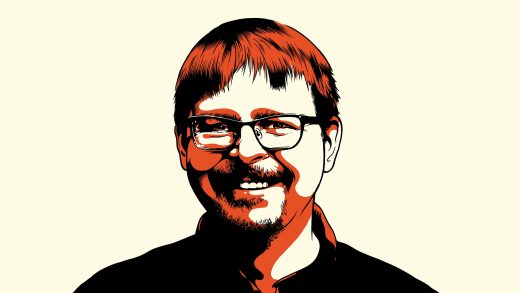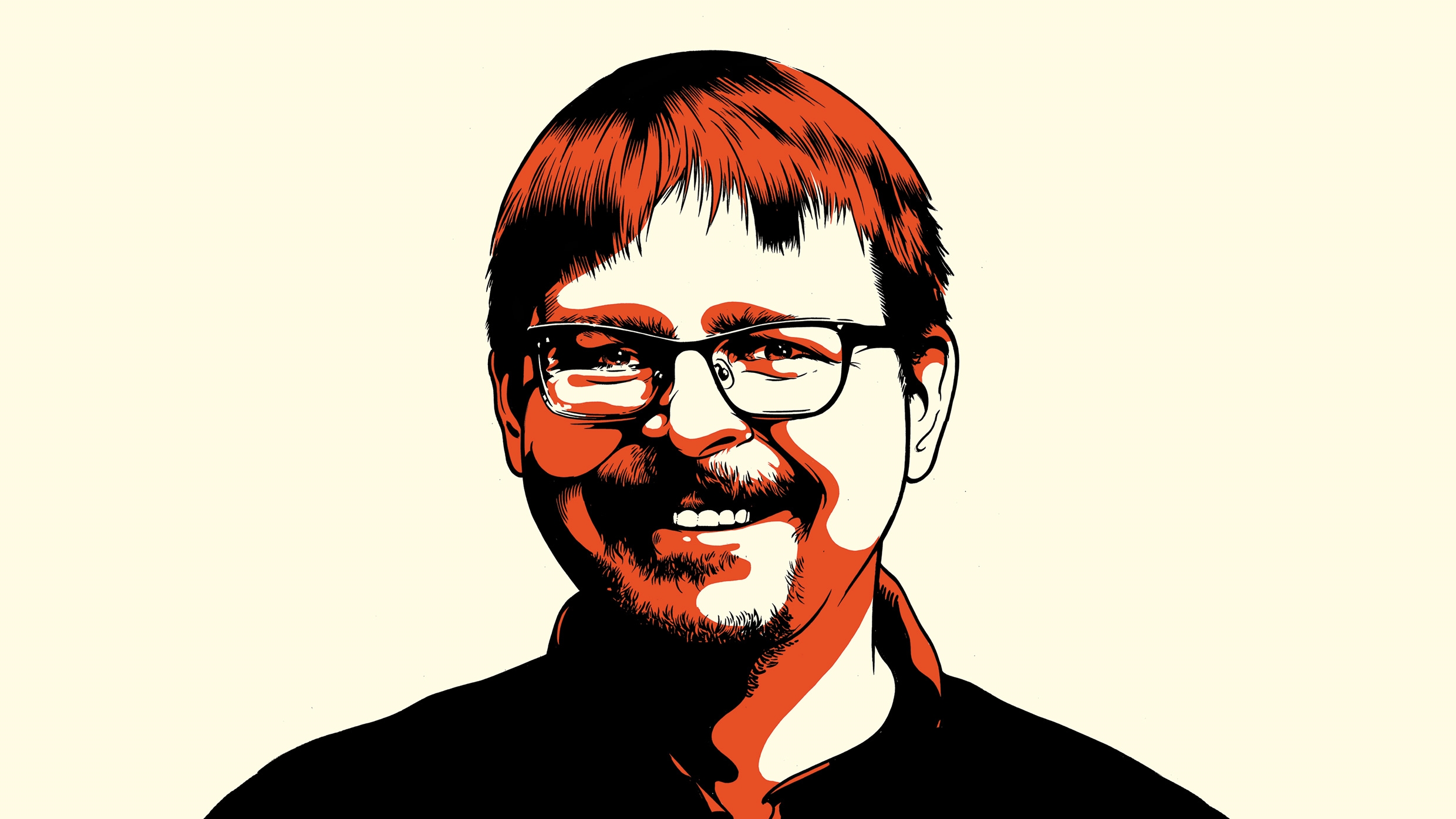Here’s what work-life balance looks like for a top vaccine researcher right now
You waste too much time on [conference] calls. The issue is that you also need to do things. It pushes out things you need to do until you get home, or in the morning before you have conference calls, or the weekends. Though we’ve started to have a lot of conference calls on Saturdays as well.
I live in a brownstone, and I have a little roof deck and a fireplace. I relax by just sitting on the roof or in front of the fire and having a glass of wine or two. I used to get hooked on certain Netflix shows, but I’m trying to avoid that now. Lucifer added six new episodes, which last week I binge-watched. Tonight I need to finish slides for a presentation, I need to finish a budget, and I need to finish some communication with the NIH. [But] science is not a job. It’s somewhere between a hobby and a passion. I start a project and I try to get funding for a project because I think it’s important. My research has mostly been curiosity-driven, but since the pandemic started, it’s also been driven by a motivation to serve.
Time he gets up
5 a.m.
First thing he does in the morning
“I have a large mug of espresso. I read my emails, read a couple of newspapers, and check Preprints, which is an inventory for scientific articles, to see if there’s something new. Depending on the weather, I put on my helmet and bike to work through Central Park. I’m in the office a little bit before 7.”
What’s in his work space that keeps him motivated
“In my office, which is in my laboratory, I have a Gaggia espresso machine. I like to switch it around with coffee brands. Joe’s, I like that one. There are a couple of coffee roasters in Seattle that I really like. I’m at the Gates Foundation in Seattle a couple of times per year, and when I’m there I buy coffee and bring it home with me.”
His relationship with social media
“There was very little information [about COVID-19] initially. On Twitter, I started to communicate about the virus, what it does, how to protect yourself. [Early on,] nobody believed in masks, which was complete nonsense. If we work with these [viral] agents, we’re required to wear masks, and they protect you. So why would they not protect in a regular setting? I can’t say I always enjoy [social media]. There are a lot of trolls out there—people who want to voice an opinion that is not the truth—and arguing with these people is time-consuming if you start a fight. Sometimes I’m stupid enough to do that.”
Last thing he does at night
“Brush my teeth. Sometimes I read a few pages of a book.”
Time he goes to bed
“10 p.m., sometimes 11.”
Fast Company , Read Full Story
(16)



